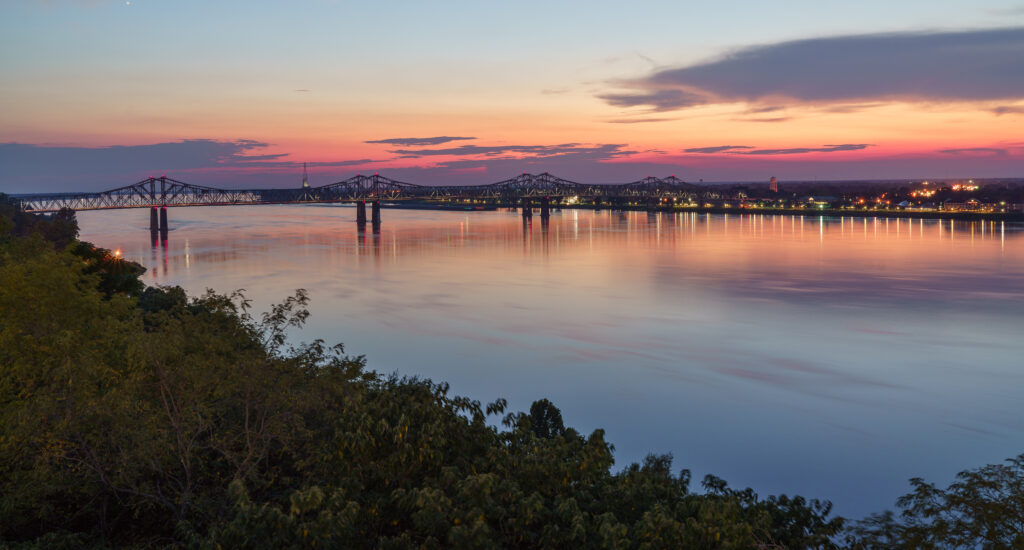On May 7, 1840, the Great Natchez Tornado struck Natchez, Mississippi, resulting in the tragic loss of 317 lives. This devastating event remains the second deadliest tornado in United States history, surpassed only by the Tri-State Tornado that occurred in 1925.
The tornado formed southwest of Natchez in the late afternoon and rapidly approached the city, leaving little time for residents to seek shelter. It cut a path of destruction nearly a mile wide, with the most severe damage occurring along the Mississippi River. The tornado’s powerful winds and intense rainfall caused numerous buildings, trees, and boats to be destroyed or severely damaged.
Many of the casualties occurred along the riverfront, where people had sought refuge in steamboats and flatboats. The tornado’s strong winds capsized these vessels, drowning numerous passengers and crew members. Additionally, countless homes and businesses in Natchez were reduced to rubble, leaving survivors to sift through the wreckage in search of loved ones and belongings.
In the aftermath of the disaster, the citizens of Natchez faced immense challenges in rebuilding their city and lives. The Great Natchez Tornado highlighted the vulnerability of communities to the destructive forces of nature and underscored the need for improved warning systems and disaster preparedness.
Although nearly two centuries have passed since the Great Natchez Tornado, its impact on American history remains significant. The tragedy serves as a stark reminder of the power and unpredictability of tornadoes, as well as the resilience of communities in the face of adversity.
References:
https://worldhistoryproject.org/1840/5/7/great-natchez-tornado/




